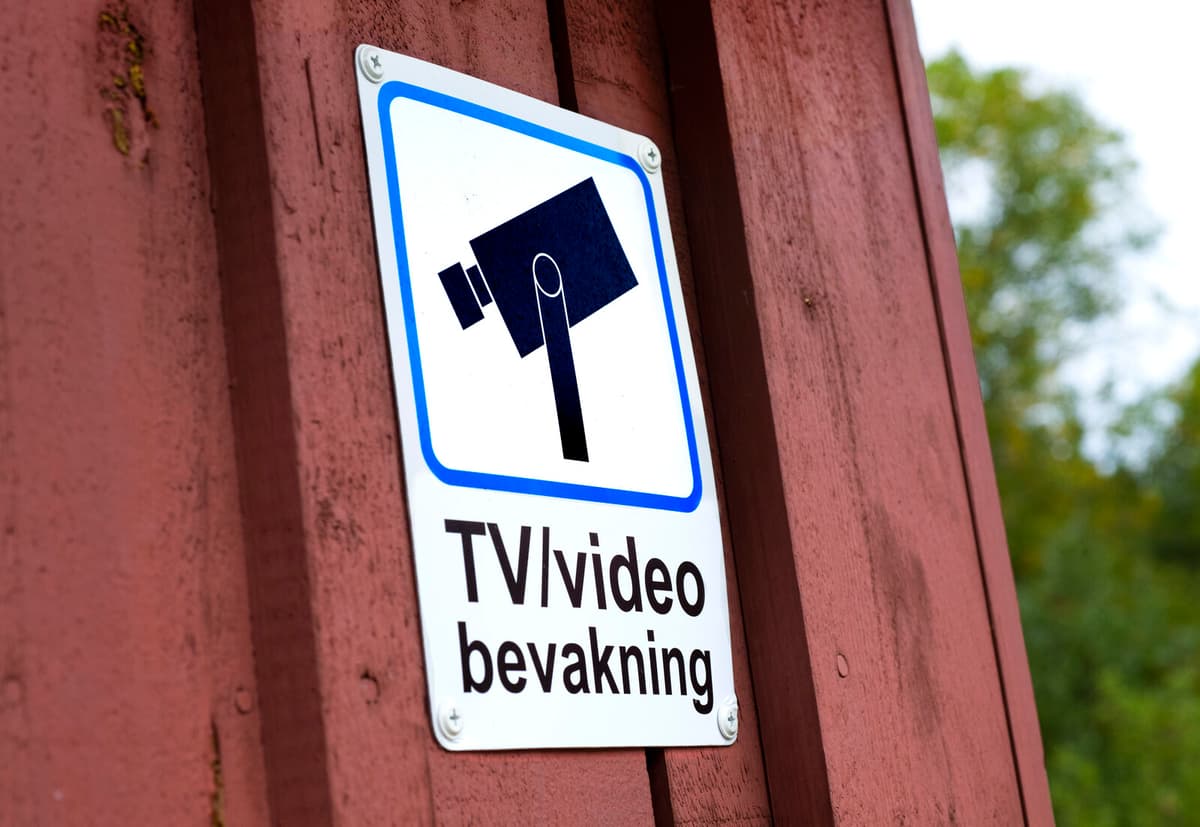The warmth and sunshine have started to take hold in the country. With warmer times, there is more outdoor activity, and more people monitoring both their homes and summer houses. In recent years, complaints to IMY about camera surveillance have increased. In 2022, 310 complaints were received, and last year the figure had grown to 523.
It is often the same type of complaints that we see recurring. Approximately two-thirds of the complaints are from private individuals, says Jenny Bård and continues:
It can be that you have set up a camera on your house to film your own plot, but then you capture the street outside where people are moving, or a part of the neighbor's plot.
Exceptions
In general, not just anyone can conduct camera surveillance however they want. But private individuals can be covered by what is called the private exception. It applies to one's own home or plot, for example, if you have a camera connected to an alarm center or doorbell.
If you monitor outside the private sphere, you are covered by GDPR. Then you need to be able to show that you have a legal basis for your camera surveillance, says Jenny Bård.
Measures
Those who suspect that they are capturing too much on their camera do not need to worry that the police will knock on the door and demand that they take down the camera.
The easiest thing is simply to adjust the monitoring. That is, you direct the camera so that it follows the rules, says Jenny Bård and continues:
Cameras often capture a smaller area than what you might think.
For those who believe that they are on their neighbor's camera, the same principle applies, first contact the person to adjust the monitoring. If nothing happens, it can lead to supervision from IMY, or in the long run, a ban on conducting surveillance.
The so-called private exception means that the rules in the Data Protection Regulation (GDPR) do not apply if the camera surveillance is of a purely private nature or concerns a private person's household.
Only film your own home or plot. If you film a larger area, for example, the street outside, you must follow GDPR.
Do not spread material where people are visible in social media without consent.
Source: The Swedish Authority for Privacy Protection





